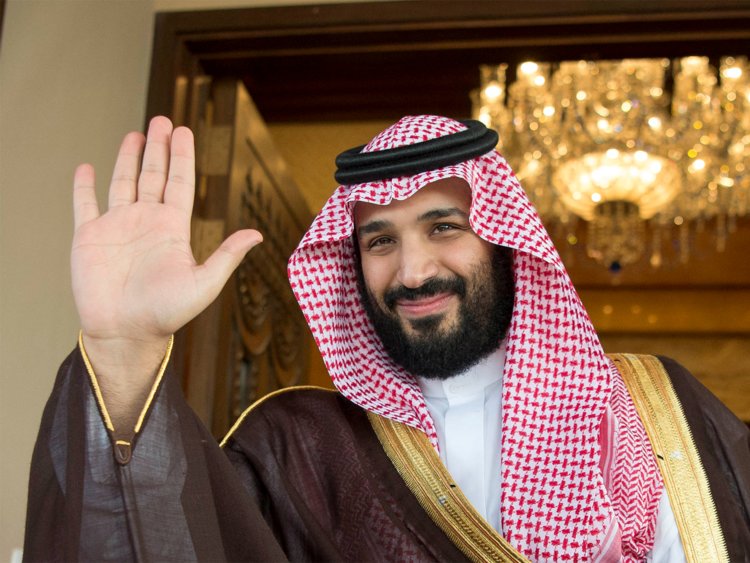
- The Kingdom of Saudi Arabia ranks in the top 20 nations on earth in terms of annual gross domestic product.
- Saudi Arabia produces most of its wealth through the sale and export of petroleum products, of which it is the world’s second-largest producer.
- Here are 12 surprising facts about the economy of Saudi Arabia.
The Kingdom of Saudi Arabia was officially founded in 1932, and in the nearly nine decades since its establishment, it has grown into one of the wealthiest nations on Earth.
This is almost entirely thanks to the nation’s extensive oil and natural gas reserves, though Saudi Arabia has also made strides in other areas of economic activity, such as agricultural production.
While recent news stories centered on Saudi Arabia and its ruling House of Saud have shined a light on the kingdom’s darker side, the greater population of this Arabian nation has much of which to be proud. Saudi Arabia boasts a long, rich history, it has made recent economic advances that pave the way for a prosperous future, women’s rights are slowly expanding, and it is home to a number of top-rated universities.
Despite its reputation as a global economic powerhouse, thanks to its vast natural resources, a closer look at the Saudi economy reveals a more nuanced picture of the kingdom.
From its military spending to its population of foreign workers, here are 12 surprising facts about Saudi Arabia’s economy:
Saudi Arabia sits on approximately 20% of the planet’s known oil reserves, and it is this oil that constitutes the bulk of the kingdom’s natural-resource wealth. Saudi Arabia also possesses appreciable stores of copper, silver, phosphate, and several other resources.
With reported profits topping $111 billion in 2018, Saudi Aramco is believed to be the most-profitable company in the world.
The staggering net income of the state-owned oil company was higher than those of Apple, Amazon, and Alphabet combined.
Saudi Aramco has toyed with going public for years, but after the company attracted $100 billion in bids at its bond offering, an IPO appears to have been put on hold.
Saudi Arabia has the 18th-largest annual GDP when compared to other nations. But when compared to the annual gross domestic product of US states, the Saudi economy is smaller in terms of overall annual dollars than the state of Pennsylvania’s. In 2017, the kingdom had a GDP of around $683 billion, while Pennsylvania’s was $752 billion. And Pennsylvania ranks sixth in terms of state GDP.
While often perceived as the most wealthy nation in the Middle East, Saudi Arabia is actually fourth in terms of per capita wealth, behind Qatar, Kuwait, and the United Arab Emirates. In Qatar, the average per capita income is $129,700 a year; in Saudi Arabia, it is $54,100.
In 2017, the kingdom came in at No. 22 in terms of total dollar value of exports, shipping out some $231.3 billion worth of goods. It ranked just behind India, which produced $299.3 billion worth of exports that year, and just above Thailand, with $228.2 billion exported.
The Al Marai dairy farm in Saudi Arabia is the largest milk-producing dairy on the planet. Approximately 95,000 milking cows are kept there, and the dairy produces nearly 1 billion liters of milk each day.
The Ghawar oil field in Saudi Arabia holds some 75 billion barrels of oil, which would be enough to fill more than 4,770,890 Olympic swimming pools. For reference, those pools hold 660,253 gallons of fluid when filled to regulation limits.
Even as foreigners flock to the oil and gas fields and refineries of Saudi Arabia, its citizens are facing chronic employment shortfalls. In 2018, the unemployment rate hit 12.9%, with some 2 million Saudis out of work despite the nation’s vast reserves of cash.
1/
More:
